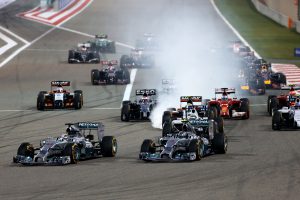Up Next

It is an understatement to say Formula 1 pre-season testing can be deceptive, especially with the lessons of 2019 still being somewhat fresh in memory.
Still, there are very few people in any way involved in grand prix racing who had anyone other than Mercedes as the team to beat heading into F1’s largest-ever 22-race calendar this year.
Of course, at the time of writing, there is no 22-race calendar, and there will be no all-time longest season unless the 2020-21 ‘superseason’ concept gains more traction.
If 2020 does stand alone as a campaign, Chase Carey’s target of 15-18 races – already viewed by a few as being on the optimistic side of things – ensures it will be the shortest campaign of the hybrid era.
Leaving aside the obviously tragic circumstances behind what is now set to be a depleted F1 calendar, and the financial hardships that the championship and its various actors will endure as a result of the events of the coronavirus pandemic, there is an argument to be made that having fewer races could have a significant impact on the sporting side of the equation.
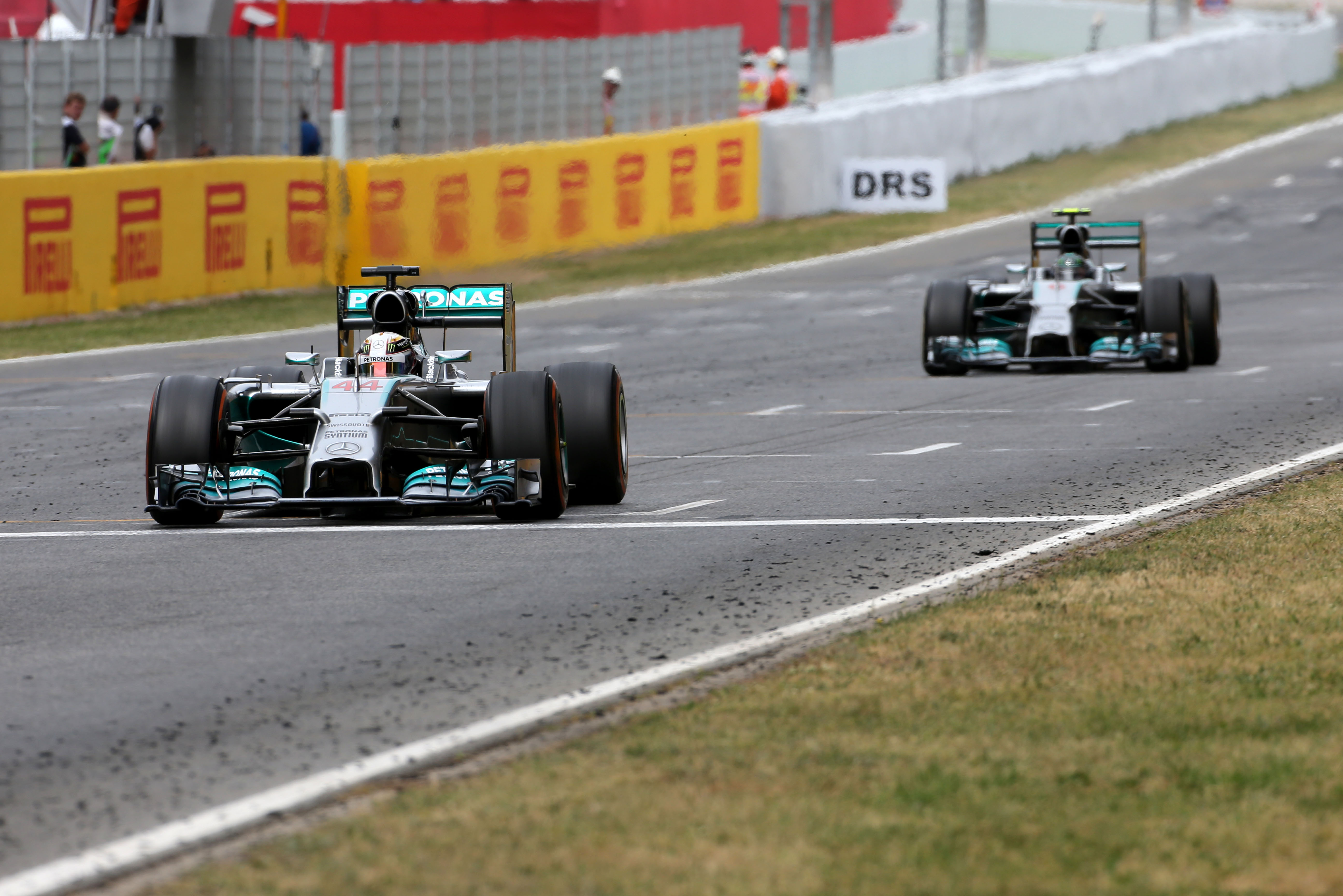
Mercedes has proven untouchable in the hybrid era, and while nailing the run-up to 2014 helped and the performances of its powertrain – the undeniable benchmark in F1 until very recently – have been integral, it is also widely accepted that the Brackley-based operation is the best-run, most meticulous racing outfit not only on the current grid, but perhaps in history.
Statistics has among its theorems the law of large numbers, which in simple terms dictates that the more an experiment is repeated, the likelier it is that the result will match the expected value.
In this context, every race is an experiment, and the expected value is a team’s ultimate performance. And though in-season development creates some fluctuation, it is still fair to assume that the bigger a calendar is, the more likely it is that the highest-performing team will emerge with the spoils.
Recall the 2017 season, where Ferrari’s challenge imploded down the stretch, with Sebastian Vettel’s Singapore error and recurring reliability troubles representing the most memorable chinks in its armour.
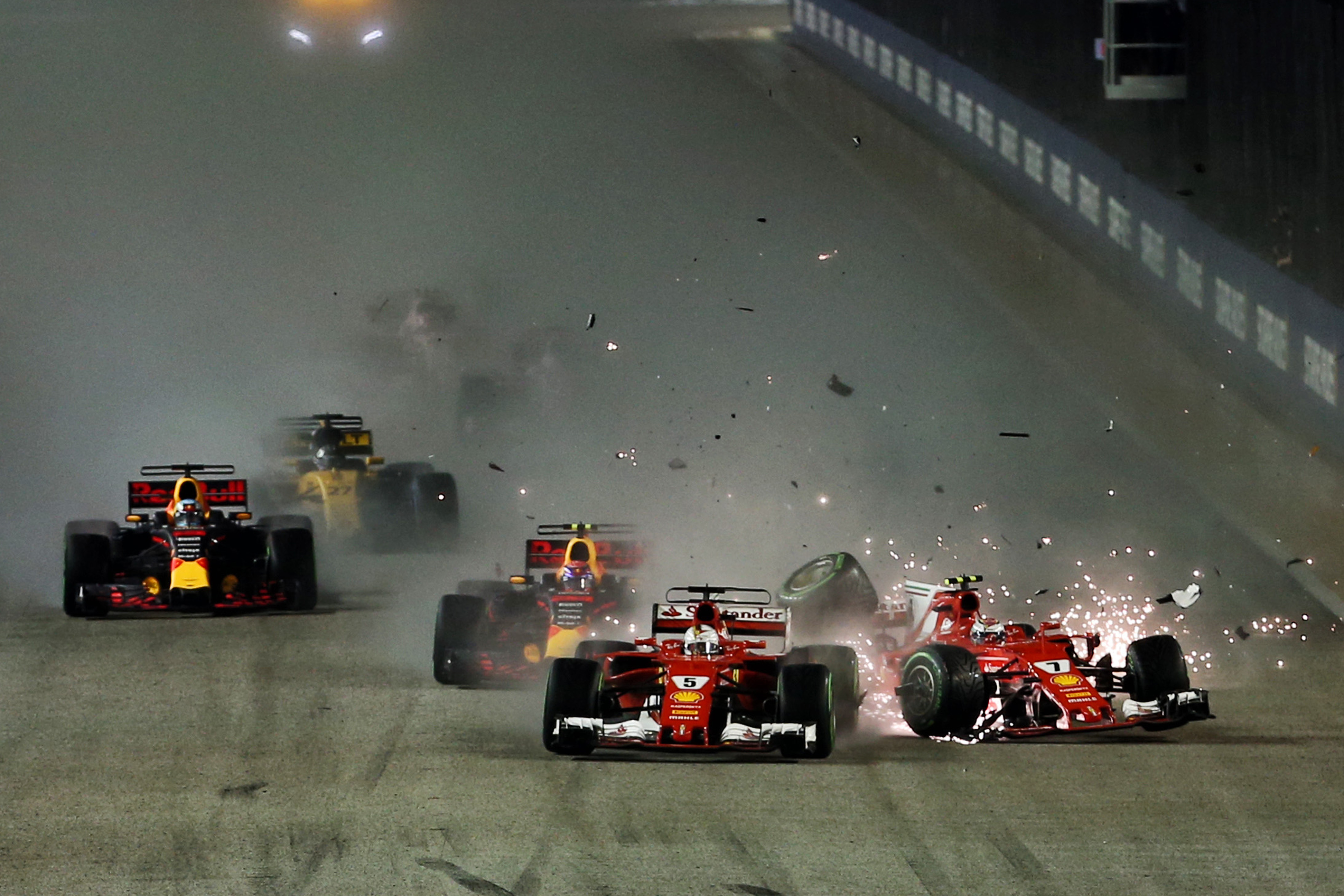
Recall a 2018 that followed a not-too-dissimilar script, and even last year, when Ferrari flailed through the start of the season but then put its car on pole more often than Mercedes did.
A cursory recollection suggests there were stretches in which the Silver Arrows were vulnerable. And if Mercedes is still F1’s highest-performing team on average, every race taken off the board is, in theory, a boon for its rivals.
They would still have to rely on Mercedes getting it wrong, but a Germany 2019 or Austria 2018-level disaster race would dent its supremacy a lot more if there were fewer opportunities to make up for the points lost.
Taking the lower limit of Carey’s target as the likelier outcome for 2020, given the global outlook, we posed ourselves the question of whether the Mercedes juggernaut becomes more vulnerable to random chance over a 15-race season.
A 2020 campaign shortened by seven events would be the sixth in F1 history of such a length, with all five previous 15-race seasons slotting in between 1973 and 1981.
Among these five, two drivers’ titles and two constructors’ titles were decided in advance, but on every other occasion the battles went down to the wire.
Jackie Stewart was crowned champion early in 1973, but his Tyrrell team withdrew from the season finale after the passing of Francois Cevert and Lotus bagged the manufacturers’ honours instead.
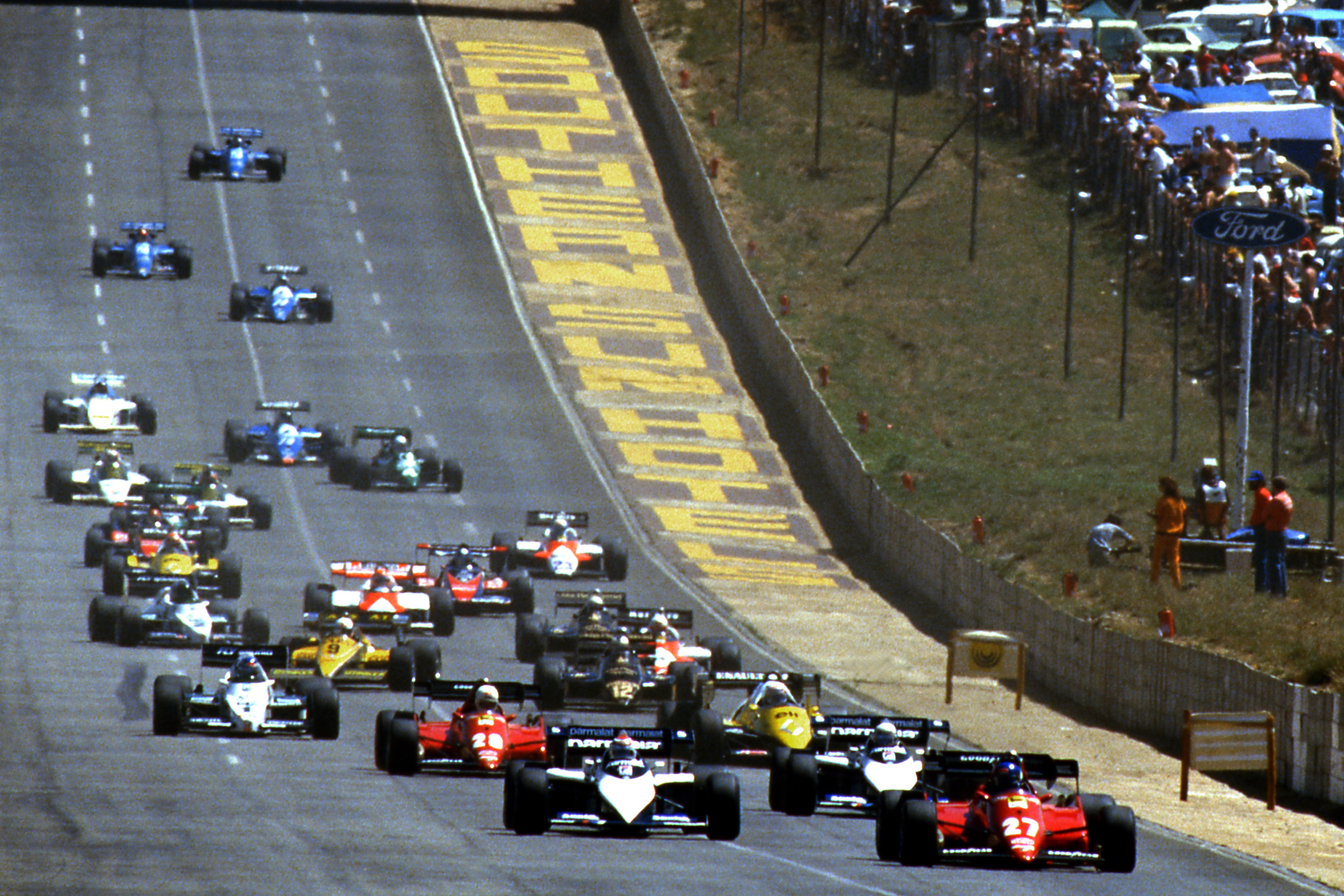
The year after, three teams had drivers in the mix for the title in the final race, while the same was true for 1981 and ’83 (pictured above).
The only complete whitewash of a 15-race season was 1979, with Ferrari dominating the constructors’ race and winning the title in advance with Jody Scheckter – though even then, Williams was a growing force later in the campaign.
But F1 of the 1970s and ’80s is of course not reflective of the modern F1, the obvious reason being the increase in car reliability since. Fifteen races in 1973 translated to far fewer scoring opportunities than they would in 2020.
For a more representative picture, we’ve taken every season of the hybrid era and divvied it up into 15-race in-season campaigns, to see whether in any of these sequences Mercedes was not the top performing outfit.
The entirely unsurprising answer to that is that, no, there were no such stretches. Over every 15-race in-season stint, Mercedes has averaged a brutal 514 points and even its worst tally is comfortably better than any other team’s best.
Ferrari was only 37 points adrift over the 15 races covering from Australia to Singapore in 2018, and just 40 points adrift between Monaco and Brazil, but in every other stint the gap between Mercedes and its closest rival was more than can be made up in one race – and usually it was well above 100 points.
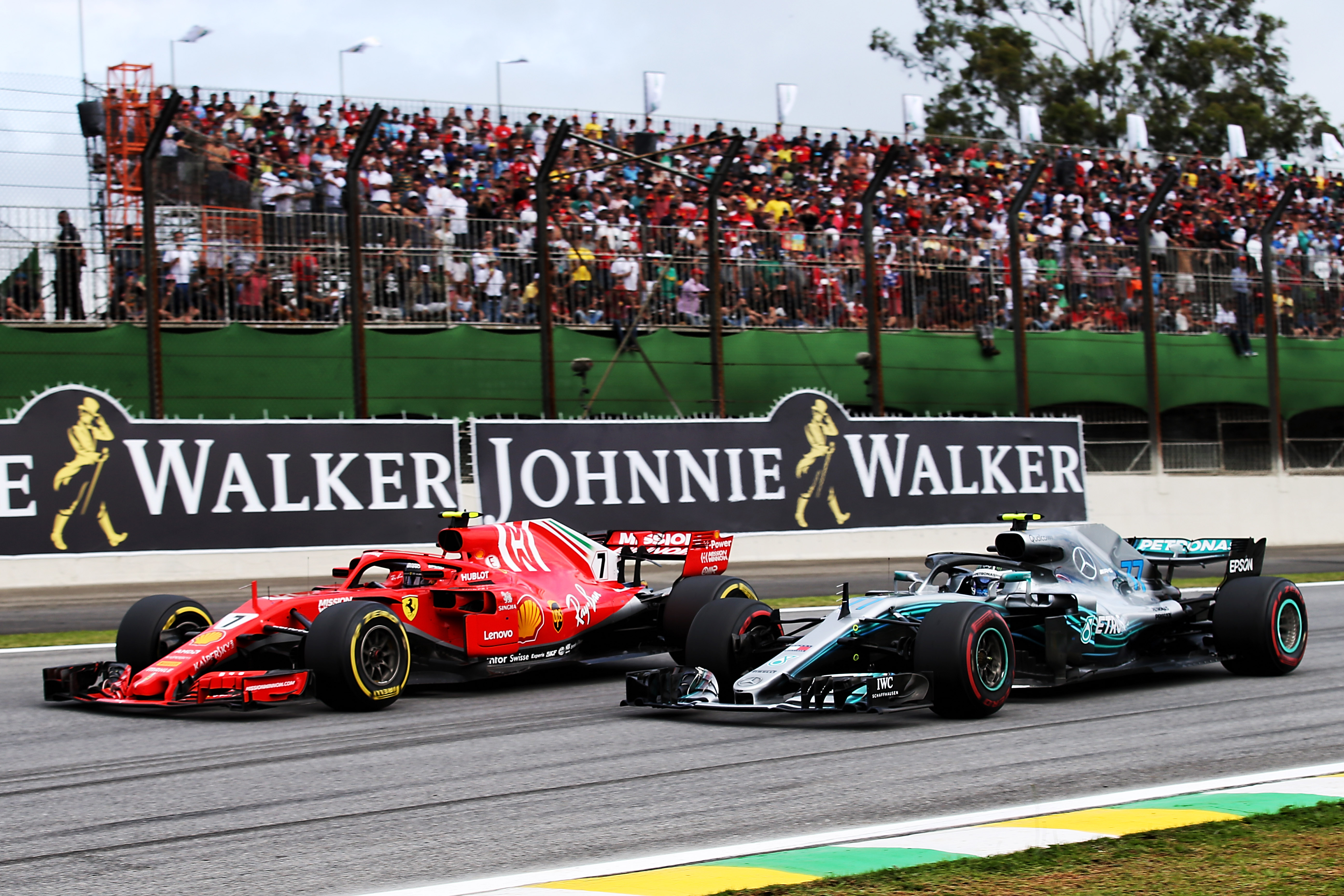
In terms of the drivers’ championship, Lewis Hamilton was the top scorer in each 15-race stretch in each of his title-winning campaigns by Mercedes, while he and Nico Rosberg split the ‘honours’ in 2016.
Predictably, no other team’s drivers came particularly close at any point, with Vettel’s 34-point deficit over the first 15 races in 2017 and 40-point deficit in the first 15 the year after representing the smallest margin.
So, 15 races is still clearly enough for a clockwork operation like Mercedes’ to reliably ensure it takes the silverware. But it’s very plausible that the 2020 schedule will end up much more condensed than that.
Progressively trimming the size of the in-season stints, it isn’t until we get to 12 races that a Mercedes driver doesn’t lead the way, with Vettel edging Hamilton by seven points and Valtteri Bottas by 41 between Australia and Belgium in 2017.
And it’s only when we take off two more races that we get to a mini-season in which Mercedes is bested in the constructors’ – by Ferrari in 2018 in the first 10 events of the season, and not in any other similarly-sized stint in the hybrid era.
The fewest rounds an F1 world championship can comprise, as per the current regulations, is eight. Taking every eight-race stretch of the hybrid era as a separate season, Mercedes comes out on top in 97.7% of the constructors’ contests. On average, it scored nearly 60 points more than nearest rival Ferrari in every in-season eight-race stretch since 2017.
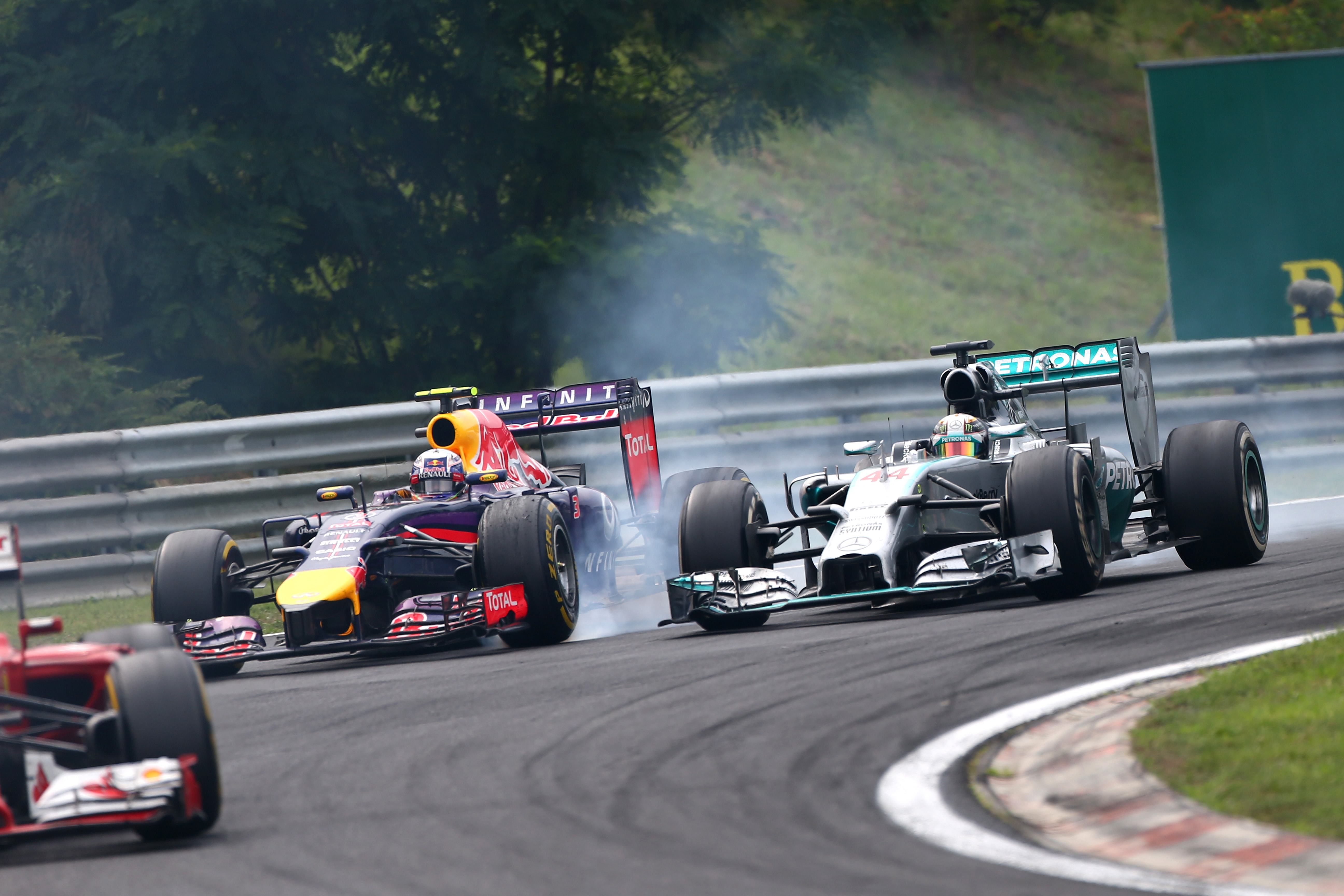
But the 93.6% winning rate in these eight-race drivers’ championships is slightly less emphatic, with both Hamilton and Nico Rosberg outscored by Daniel Ricciardo between Canada and Singapore in 2014, and Hamilton and Vettel managing a completely identical set of results in the span from Monaco to Belgium in 2017, and Vettel beating Hamilton in four other eight-race samples that year.
On the whole, the numbers make for good reading for Mercedes, although that’s also true for virtually any set of F1-related numbers in the hybrid era.
If Mercedes’ advantage is indeed intact, as pre-season testing suggested, then the rubber-stamped delay of the regulations overhaul to 2022 and an increasingly likely further delay to 2023 mean the Silver Arrows will have better odds of continuing to assert their dominance than they would have got at the start of the year.
And yes, a shortened 2020 season would come with a slightly exacerbated threat of defeat, either through random failures or by losing a battle to a close rival on fine margins.
But as the past six years show, no calendar reduction can magically put this current Mercedes team on the back foot or make it much easier for its rivals to capitalise on the setbacks.
If the outfit maintains its current average level, a shorter calendar will probably only mean one thing: that it will take fewer laps for Mercedes to get to its seventh consecutive drivers’ and constructors’ titles.



